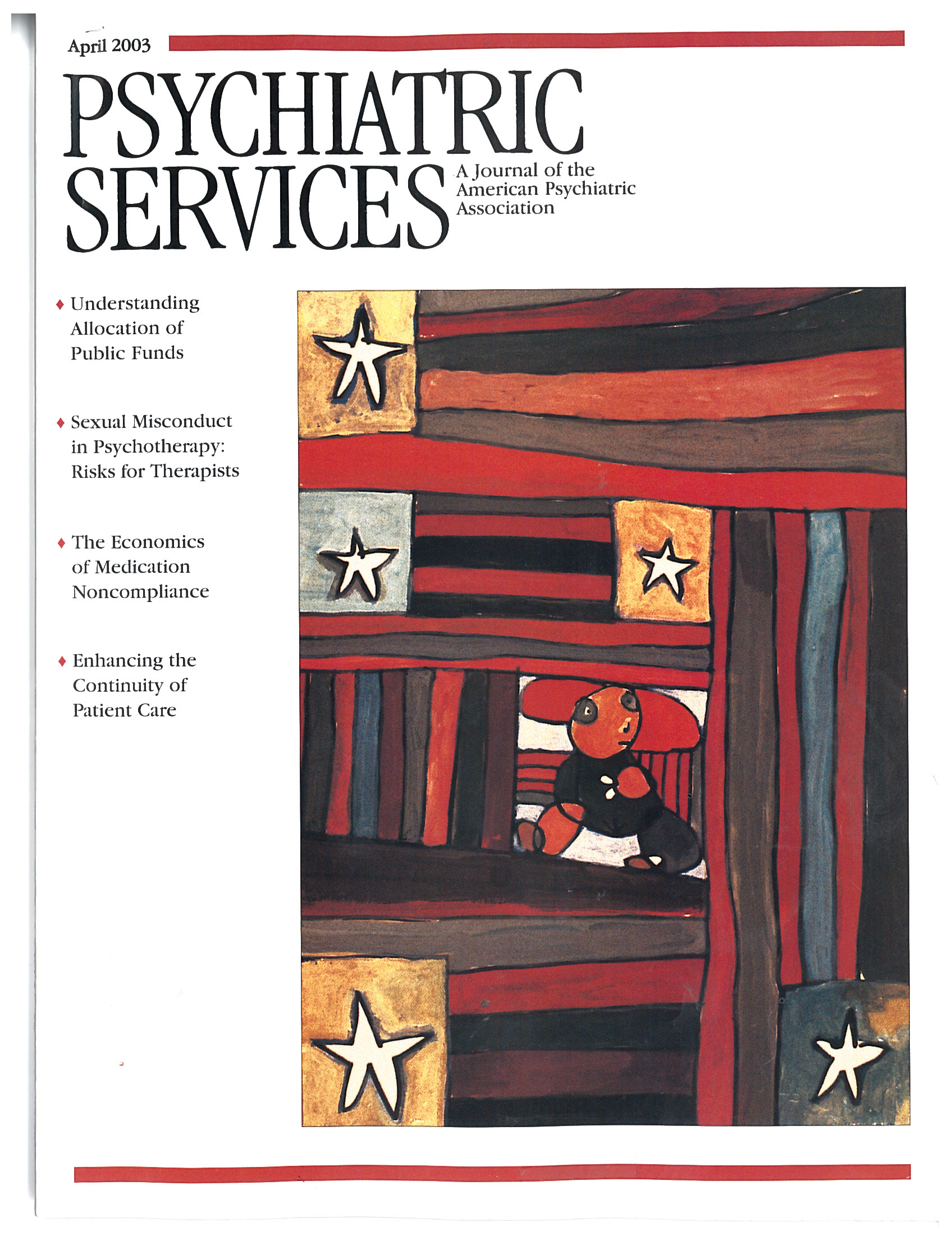The Use of Personal Narratives in the Helping Professions: A Teaching Casebook
Although presenting itself as a collection of "first person accounts to bring real-world problems into the classroom," The Use of Personal Narratives in the Helping Professions: A Teaching Casebook contains many fictional stories not necessarily based on personal experience. Of the nearly 100 narratives of which the book is composed, organized by life stages and pathology, only a handful are clearly identified as memoirs—that is, written from the writer's own experience. Although other pieces may be based on real-life experiences, there is no way of discerning which ones are and which are not. I therefore found this book quite frustrating to read.
All the pieces clearly identified as memoirs are cogent and moving, including "The Price of Admission," written by Debbi Lieberson about her husband's experience with AIDS; "Shocking Mother: A Memoir of Mental Illness and Recovery," by Judith Beth Cohen; and "Mad Colored Woman: A Memoir of Manic Depression," by Anita D. Taylor. These narratives invite the reader to share in rich detail the painful and ultimately healing experiences of the authors. In addition to being well written, the pieces that are identified as memoirs are powerful because they dare to tell the truth about topics that few have the courage to speak about publicly. As such, they serve not only to share experience, but also to empower those who may be facing similar challenges.
The lack of clarity about which accounts are based on personal experience and which are fictional obscures the courage of the many contributors who did write forthrightly about their own lives and prevents the reader from confidently learning from that precious source of information. Because the vast majority of cases include no mention of what kind of experience, if any, the individual contributors have had with the subjects about which they are writing, the reader is left in doubt over the extent to which the stories carry emotional or clinical truths. Therefore, despite its inclusion of many interesting and compelling stories, I cannot recommend this book for its intended purpose, as a teaching casebook.
Dr. Hamkins is affiliated with the Carson Center for Health Services in Westfield, Massachusetts.



